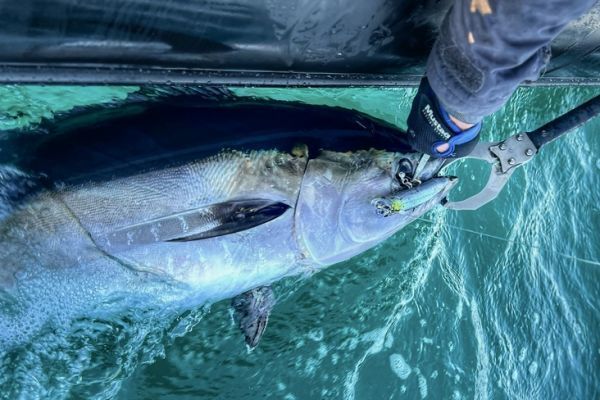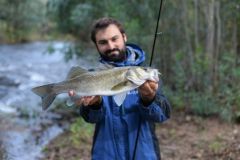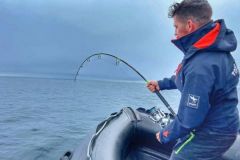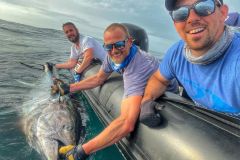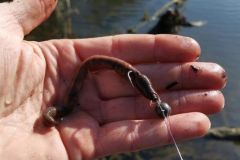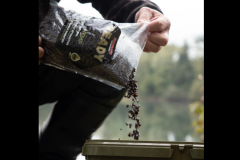An exit in high coefficients
This latest outing took place during the high tides of October. While some species, such as sea bass, take advantage of these times, for fish like tuna, these are not the best periods. The strong current and large water movements work against us.
The reason? The prey is carried much further by the current and has difficulty remaining concentrated in one area. This makes it difficult for the bluefin tuna to group them together to form hunts, which we then plan to approach and catch.

Hard-to-find poisons
The weekend's news suggests that there will be a fair amount of activity in the area. We set off confidently, heading offshore. In the meantime, the coefficient had risen from 60 to over 100. Once in the area, many birds were present, but very little food was visible on the depth sounder. The search promises to be complicated.
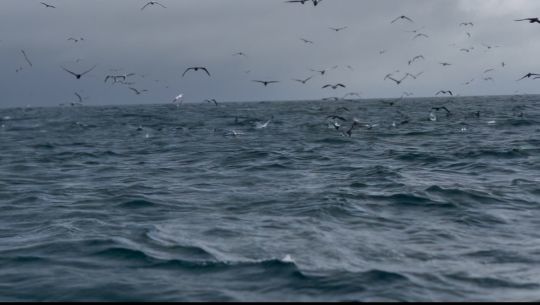
By habit, I take the big one when the coefficients are high. We opted for this option, but to no avail. There were very few fish, and it was very difficult to get close to small game.
Trying to understand the situation
With no excuses, we try to understand why we can't locate the fish. There are several possible explanations. The first is the high coefficient, which generates a current of over 5 knots on the sea.
The second is the low cloud ceiling and poor light conditions. I've found that in such conditions, hunting is less important and the fish don't break the surface of the water much. Finally, at the end of the season, the quantities of fish caught are lower than at the beginning. This makes it more difficult for the tuna to concentrate their food and reduces the number of hunts.
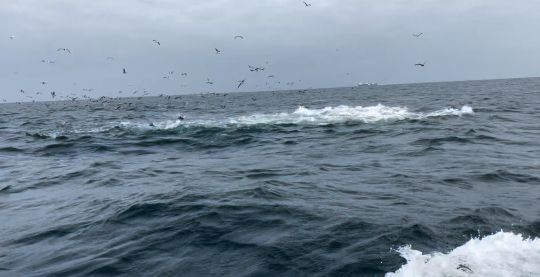
With all this in mind, we try our luck at the end of the day in an area we know, where the fish often hunt close to the stall. At this time, the current is weaker. Fingers crossed that this theory works.
Perseverance pays off
6 p.m., and finally the first good hunt appears on the horizon. A small, very dense hunt. Don't miss the opportunity. Full throttle on this one, and from the very first cast, hangman! It didn't take long to grab the Feed Popper. This was followed by a fight with a medium-sized opponent (50 to 60 kilos), which was mastered in 15 minutes thanks to the power of the equipment: a Rodhouse RPK78 rod.
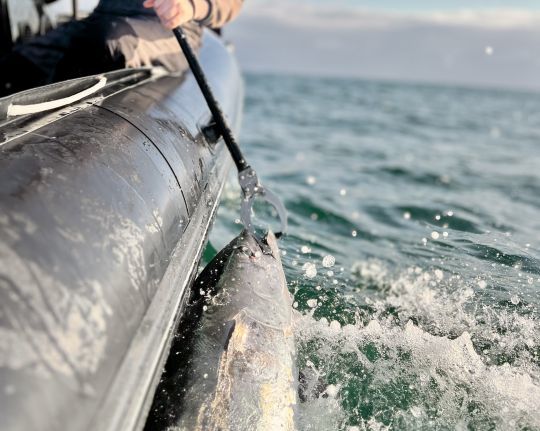
A second, equally dense hunt followed. We hooked twice as many fish before breaking on one of them as soon as the rush started. Too many fish are often broken by the line rubbing against other fish.
The second opponent is picked up after 20 minutes. Sometimes they win. We return to port after a complicated day, saved by a fish that swims back into the water.
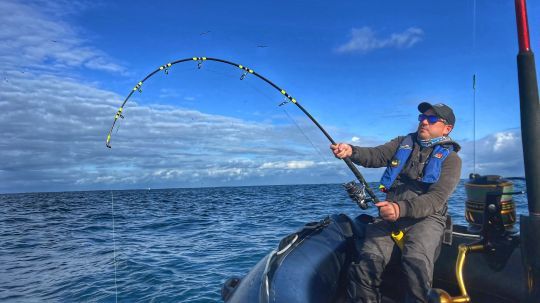
This outing is probably the last of the season. A very good, not to say excellent, 2024 season, with lots of outings, many fish hooked and some great encounters. Looking forward to 2025!
